The content of the article
Shop shelves are overflowing with a variety of hair care products. Products of this kind include shampoos, conditioners, masks, serums, sprays. The main feature of the application of caring cosmetics is that buying a composition is necessary taking into account the individual type of hair. To determine it, professional hairdressers have developed a basic strategy, which we will talk about today.
Hair Type Test
- It’s easy to determine what type of hair is yours if you follow practical guidelines. To begin with, an analysis of fat content is carried out, so prepare a paper towel or napkin in advance.
- Wash the strands with shampoo several times, do not apply rinse conditioner. Blot your hair with a towel and leave at room temperature until completely dry. Do not use a hair dryer to identify the result as accurately as possible.
- Take parchment paper or a paper towel. Press the first edge to the scalp in the crown (parting), bring the second to the area behind the ears. Wait 10 seconds, evaluate the result.
- If there are greasy blotches on a napkin, the hair is of a greasy type. This is evidenced by the accelerated production of subcutaneous fat immediately after shampooing.
- In the case when the hair type is normal, dry or combined, there will be no stains on the paper. You will have to determine the view based on your own observations and general characteristics.
Characteristics of hair types
To more accurately determine what type of hair your type is, study the information below. If you have matched 4 or more points with your own observations, the hair belongs to a specific type.
Dry hair type:
- tips dry to the touch, break and split;
- hair looks dirty and requires washing every 5-6 days;
- the strands are dull, lacking shine, the shade is poorly visible;
- the hair is often subjected to a static effect, fluffing;
- dry hair is naughty, it is difficult to put in a hairstyle;
- after a scheduled wash, the scalp contracts;
- blow drying makes hair brittle and thick at the same time.
Oily hair type:
- the tips are not dry, there is no fragility and section (in 90% of cases);
- hair appears oily and “sleek” 1.5-2 days after washing;
- the hair is quickly dirty, in a short time it begins to look untidy;
- the fatty type is characterized by a strong ugly shine;
- after the washing procedure, there is no tightness of the scalp;
- hairs do not fluff, keep any styling;
- after drying with a hairdryer there is no static effect;
- strands of this type are easy to collect in a hairstyle, but curls break up quickly.
Normal hair type:
- the strands shine beautifully for 3 days following the wash;
- occasionally the ends begin to split and appear dry;
- easy to make almost any installation;
- in rare cases, after washing, tightness of the scalp appears;
- when drying with thermal appliances, the hair is a little fluffy, they are soft to the touch;
- strands are electrified only when wearing synthetic hats;
- shampooing is carried out 1 time in 3 days, after this period the hair looks oily.
Comb hair type:
- ends split, have dryness, break;
- hair along the entire length retains a pleasant shine for 3 days;
- after washing the hair, the hair becomes dirty in 4 days, becoming oily;
- sometimes the scalp is taut;
- the static effect extends only to the tips;
- hair can be given only basal volume, all other styling are ineffective;
- after using the hair dryer, the tips stick out to the sides and fluff;
- 3 days after washing, the hair becomes greasy in the root area, the tips cease to shine.
Hair Care Depending on Type
Once you have decided on the type of hair, choose the appropriate basic care.
Dry hair
- Choose a cleansing shampoo with a creamy or fully transparent texture. Cosmetics of this kind create additional protection.
- Saturate your hair with moisture, rinsing it with chamomile broth. Rub vitamin E into ampoules daily into the scalp (sold at the pharmacy).
- Do not go to rest with wet hair. Refuse styling with a hairdryer, iron or curling iron. Do not use Velcro curlers.
- After each shampoo wash, apply balm, spray curls with a conditioner spray or rub in indelible care serum.
- Rub twice a week into the scalp and distribute coconut or burdock oil over the entire length of the hair. It will help restore elasticity and shine, prevent cross-section.
Greasy hair
- Once every 2 days, rinse clean hair with a medicinal decoction. It can be made from mint, nettle, plantain, thyme or chamomile.
- Make masks to normalize the activity of the sebaceous glands. Include chicken yolk, white or blue clay, vodka, honey, brewer's yeast.
- Use shampoo for your hair type. Choose a balm of the same series, but with a light texture. Dry your hair with a hairdryer in rare cases.
- Avoid exposing your scalp to heat. Wash your head with slightly warm water so as not to provoke an accelerated release of fat.
Normal and combination hair
- Wash your hair no more than 1 time in 3 days. Use shampoos that do not contain surfactants.
- Cleanse the sebaceous ducts with a scrub twice a month. It can be prepared from balsam and ground apricot kernels, coffee grounds or sea salt.
- Comb the strands with a wooden comb or a massage brush with a natural pile. Use the hairdryer only in emergency situations.
To determine your hair type, read the characteristics. If as a result of observations you have deduced 4 or more matches on points, consider the relevant recommendations for caring for hair.
Video: how to determine your hair type, and why it can change

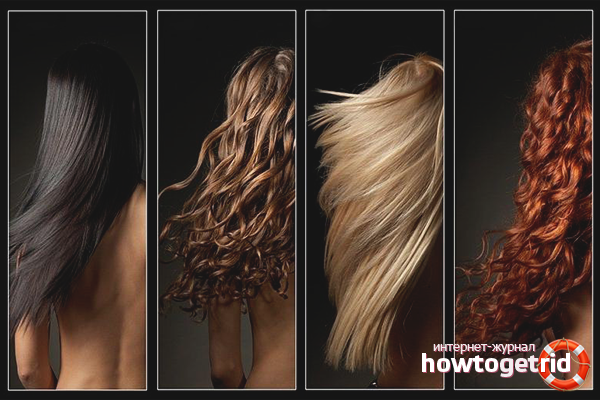
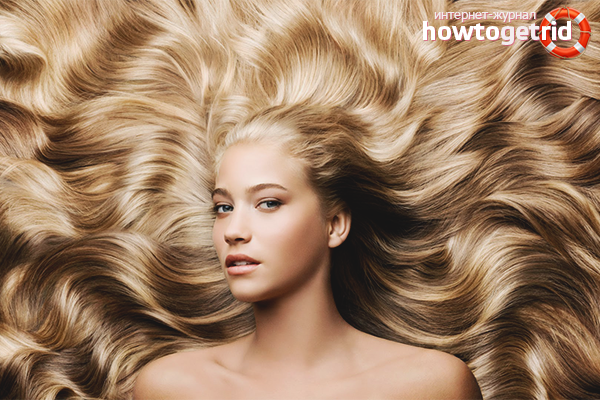
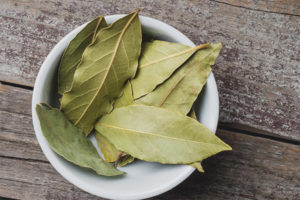



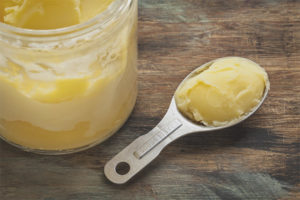
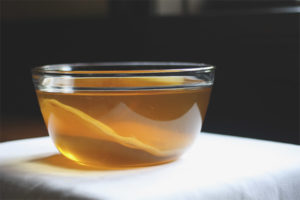
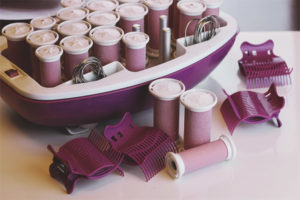
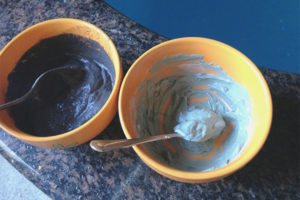
Submit